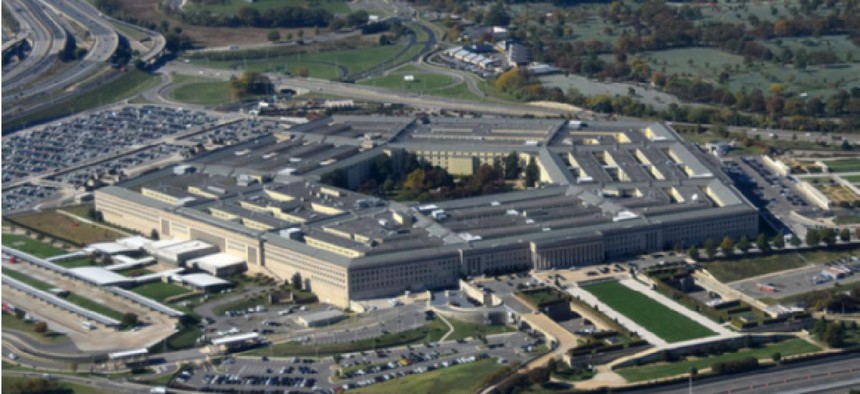Will 'fourth estate' reforms at DOD save serious money?

Eliminating supporting defense agencies may not save enough money to hit cost-cutting targets, experts say.

Eliminating supporting defense agencies may not yield the big cost-savings Congress is looking for, but consolidating IT services might.
Peter Levine, the Defense Department’s former deputy chief management officer told lawmakers in an April 18 hearing on oversight of defense agencies and field activities that leadership over independent components was the root of many DOD money problems, particularly with IT services.
"The DOD CIO is supposed to be in charge of the entire DOD information enterprise, including cybersecurity, communications, and information systems," Levine said in prepared testimony before the House Armed Services Committee.
“However, most of the department’s communications and information systems are actually owned and operated by the individual components ... despite efforts by the CIO to institute defense-wide policies to achieve efficiencies through data center consolidation, enterprise licensing, and consolidated cloud contracts,” Levine said.
Levine proposed expanding the Joint Service Provider, a Defense Information Systems Agency group that provides IT services to the Pentagon and other Capital Region facilities. JSP saved DOD more than the $31 million, and Levine said he believes a nationwide consolidation could have even greater savings.
Levine's DOD IT consolidation suggestion was somewhat of a rebuttal to a proposal by House Armed Services Committee Chairman Mac Thornberry (R-Texas) to cut back-office spending by 25 percent and eliminate seven supporting defense agencies – including DISA -- in the process.
Cutting clutter
Released days earlier, Thornberry's proposal featured two defense reform bills aimed at cleaning up the acquisition code and reducing costly bureaucratic spending by shuttering DISA and six other support agencies.
Thornberry’s acquisition reform proposal borrowed heavily from a January report published by the Section 809 Panel, an 18-member group tasked with streamlining the defense acquisition process.
“It’s a decluttering of the code,” Cathy Garman, a Section 809 Panel commissioner, told reporters during an April 18 media call. “They are laws that are not codified, but they’re notes. And trying to read Title 10 and all of these sections is a bit overwhelming to a number of practitioners.”
Additionally, DOD’s spending on services has grown to more than half of its total spending -- more than on weapons systems, said Section 809 Panel Commissioner, Darryl Scott, which makes the need for commercial definitions important.
There’s no guidance on commercial services, he said, so there needs to be a separation between tangible goods and services DOD buys.
“Clarifying exactly what a commercial service is and exactly what the rules are will make it easier for program managers to use what’s out there in the commercial market,” Scott said.
The bill's goal is to eliminate unnecessary functions -- and their costs -- with vital ones being absorbed by other agencies.
For example, U.S. Cyber Command, over time, would take on DISA's functions, something Thornberry said was already "naturally" happening.
But reorganizations only do so much. John Hale, DISA’s chief of enterprise applications, told FCW during a cloud event, that closing DISA wouldn’t be the end of the agency's essential functions or necessarily its staff.
“I don’t think at the end of the day the things that DISA is doing is going to go away. The question is where in the department that stuff falls. Ultimately the missions that we’re providing are key to the warfighter,” he said.
Additionally, slashing agencies won't necessarily cut spending enough to make a dent in the 25 percent goal, said Preston Dunlap, the national security analysis mission area executive at Johns Hopkins University’s Applied Physics Laboratory, who also testified in front of the House Armed Services Committee April 18.
“To get to that target of 25 percent, the Congress is going to have to take a careful look at what to cut and what to stop doing,” Dunlap said.
Eliminating those agencies, he said, would only account for a 2 percent reduction out of the proposed 25 percent, which would require cost cutting from other services such as commissaries and base realignment and closures.



